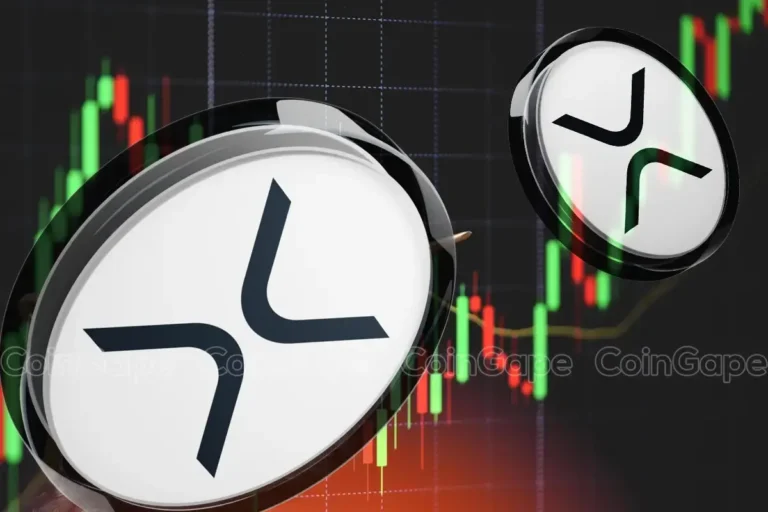Breaking Down the EUR/GBP Drop: What to Expect from Eurozone HICP for August
EUR/GBP Continues to Fall
The EUR/GBP pair has been on a downward trend for the eighth straight session, with the exchange rate currently hovering around 0.8410 during the early European hours on Friday. This continuous decline can be attributed to the Pound Sterling (GBP) gaining strength from the hawkish sentiment surrounding the Bank of England (BoE) potentially maintaining higher interest rates for a longer period in comparison to the European Central Bank (ECB).
Market Expectations for Eurozone HICP
Traders and investors are now turning their attention to the Eurozone Harmonized Index of Consumer Prices (HICP) report for August. The HICP is a key indicator of inflation in the Eurozone and plays a crucial role in the ECB’s monetary policy decisions. Expectations for the HICP data are high, as any signs of increasing inflation could potentially boost the value of the Euro and provide some relief for the EUR/GBP pair.
Implications for Traders
For traders involved in the foreign exchange market, the ongoing decline of the EUR/GBP pair presents both challenges and opportunities. Those betting on the Pound Sterling may continue to benefit from the currency’s strength, while those holding onto Euros may experience losses. Keeping a close eye on the Eurozone HICP data release will be crucial in determining the pair’s future direction.
Effects on Individuals
As an individual consumer or investor, the fluctuations in the EUR/GBP exchange rate can impact your purchasing power and investment decisions. A weaker Euro compared to the Pound Sterling may make imported goods more expensive for Eurozone residents, while British consumers may find it more affordable to travel or purchase goods from Eurozone countries.
Global Ramifications
From a global perspective, the continued decline of the EUR/GBP pair could have broader implications for international trade and economic stability. A stronger Pound Sterling relative to the Euro may benefit UK exporters but could pose challenges for Eurozone businesses looking to sell their products in the UK market. The shifting exchange rates between these two major currencies could also impact the overall competitiveness of the Eurozone and the UK in the global market.
Conclusion
In conclusion, the EUR/GBP pair’s downward trend is a complex interplay of various factors, including central bank policies, economic data releases, and market sentiment. Traders and individuals alike should closely monitor the Eurozone HICP report for August to gain insights into the potential future movements of the exchange rate. The implications of this ongoing drop in the EUR/GBP pair extend beyond individual traders to impact international trade and economic dynamics on a global scale.





